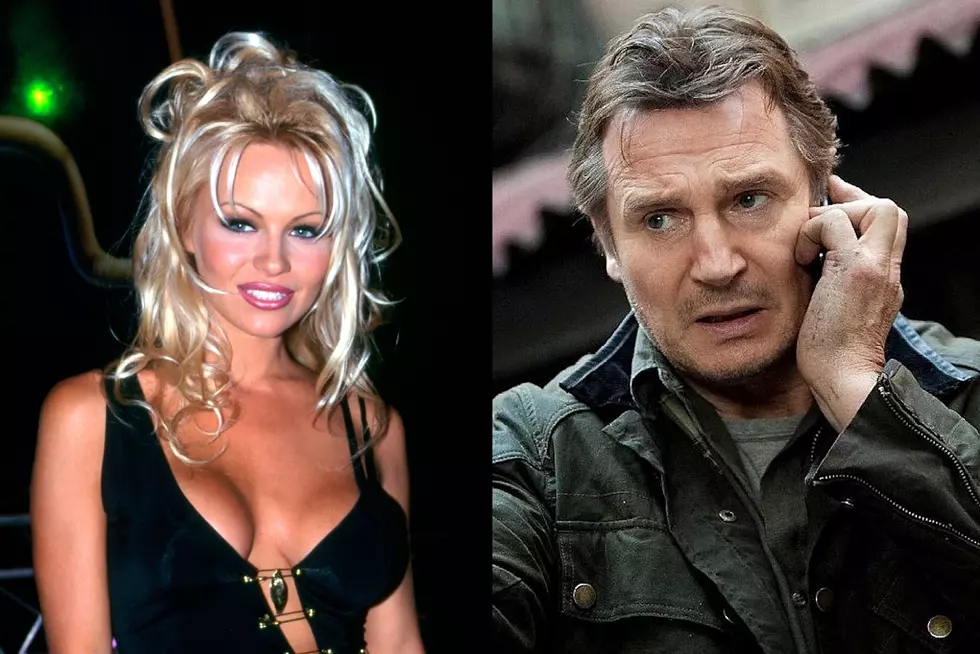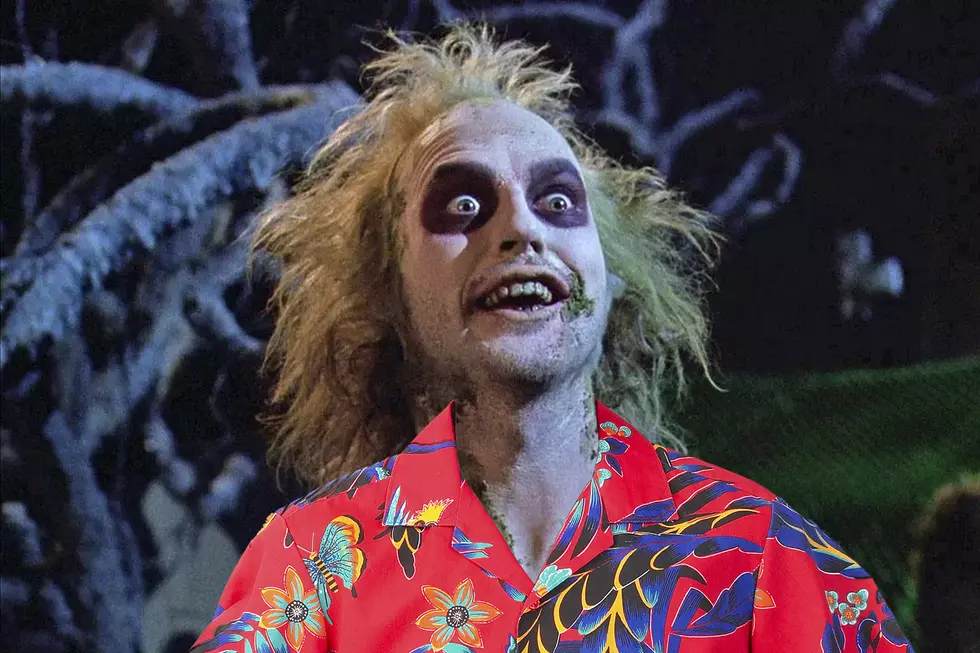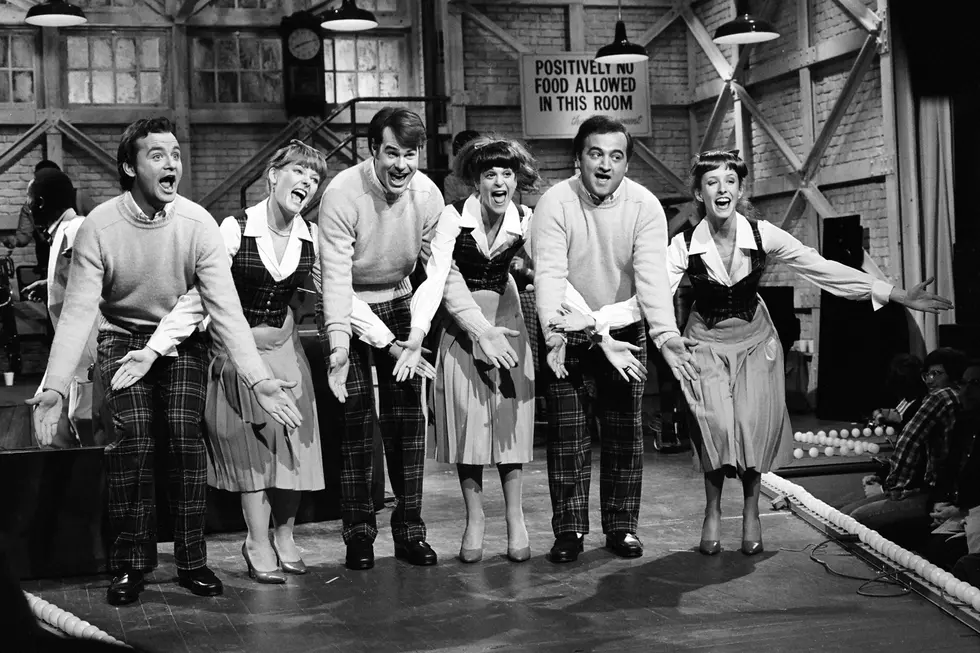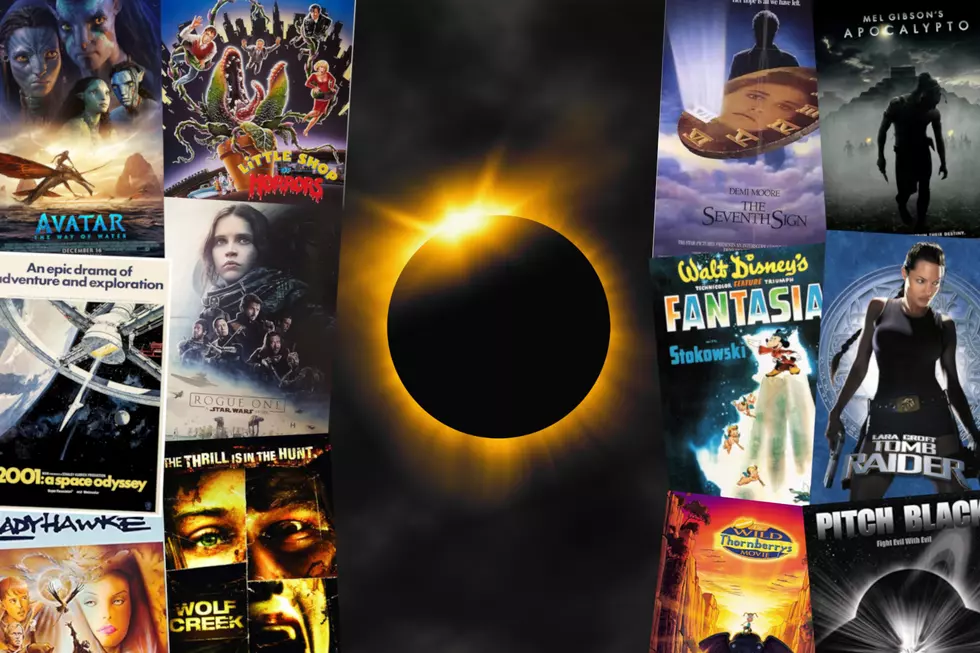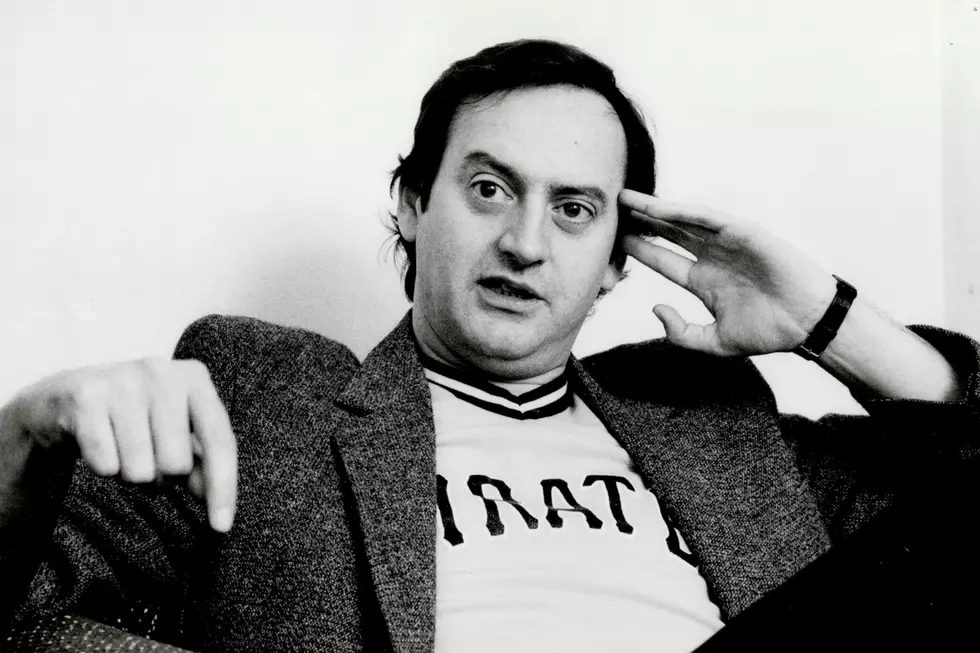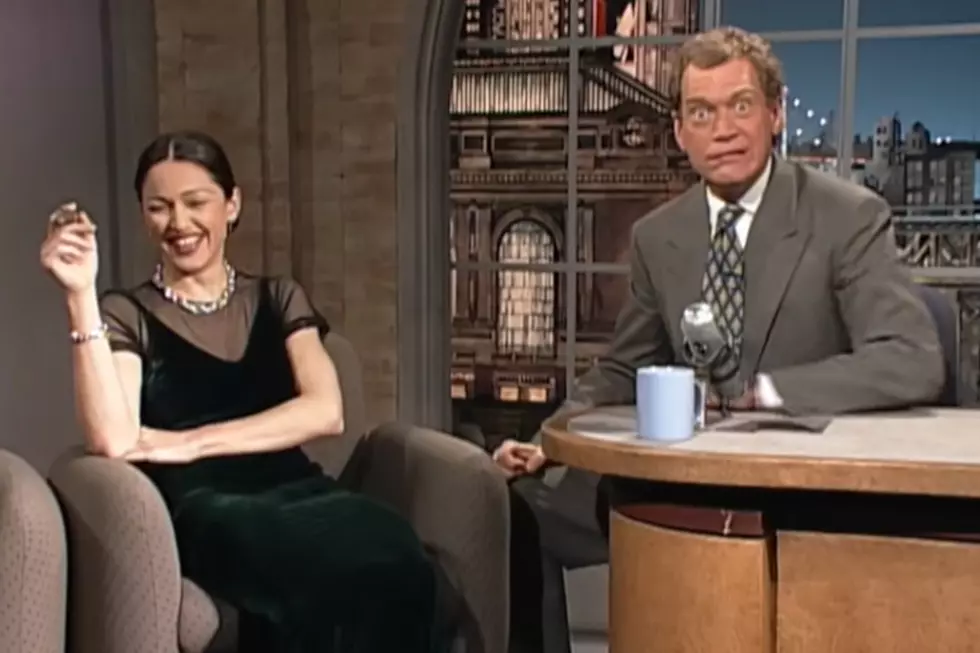
How ‘Indiana Jones and the Temple of Doom’ Made PG-13 a Reality
Indiana Jones and the Temple of Doom arrived on May 23, 1984, as arguably the most divisive entry in the series, boasting more gruesome action, a wacky kid sidekick, and a female character some fans can't stand. And that's not even what made this Harrison Ford-led prequel so memorable.
It also led to the creation of a new MPAA rating.
Just about everyone agrees that Indiana Jones and the Temple of Doom is the darkest entry in the four-film franchise. Even director Steven Spielberg and executive producer George Lucas acknowledge that. “Part of it was, I was going through a divorce, Steven had just broken up and we were not in a good mood," Lucas told Empire in 2015, "so we decided on something a little more edgy.”
In fact, it was so edgy that Lawrence Kasdan, one of the co-writers of the original Raiders of the Last Ark, passed on it. He later said, “I just thought it was horrible. It was so mean.”
Temple of Doom takes place before Raiders, as Indiana Jones teams up with his young friend Short Round (Ke Huy Quan) and nightclub singer Willie Scott (Kate Capshaw) in 1935 to save kidnapped children who have been forced to work by a terrifying cult leader inside a mysterious temple. If the endangerment of helpless children wasn’t enough, Mola Ram strikes an ominous, physically imposing figure as the cult leader. Oh yes, he can also pull people’s hearts out of their chests.
In 1984, the effect was disturbingly real to many audiences, including families who had previously enjoyed Raiders of the Lost Ark. The first movie also had some gross practical effects, notably the climactic scene in which Nazis open up the Ark of the Covenant to literal face-melting impact. But nothing on the scale of what happens in Temple of Doom.
Watch the Infamous Ritual Heart Removal Scene
The first act feels quintessential to what made Raiders so special, but once Indy and his friends land in India after a plane crash, a scary veil falls over everything. Indy learns that the children of a small village have been taken and agrees to help find them. He, Short Round, and Willie find the mystical Pankot Palace, where everyone acts friendly and helpful, but something is clearly amiss.
They discover a hidden entrance to an underground temple run by the Thuggee cult, whose leader Mola Ram is using the village children (and plenty other kids) for his own nefarious purposes. The Thuggees indulge in human sacrifice, murder, hypnosis, and more. The peak of the film’s darkness is when Indy himself is captured and temporarily put under Mola Ram’s spell, after which he viciously slaps Short Round.
It’s hard to know which specific moment in Temple of Doom made parents recoil the most, but having your hero indulge in child abuse might be at the top of the list. Whatever the case may be, Temple of Doom was one of two 1984 summer movies from Spielberg (along with the delightfully nasty Gremlins, which he produced) that prompted the Motion Picture Association of America to get involved.
At the time, the MPAA employed just three ratings for films released in the United States: G, which meant a film had no objectionable content; PG, where parental guidance was suggested; and R, where only people over the age of 17 could pay to see the movie (though they could bring a child into the theater). The MPAA didn't think Temple of Doom merited an R rating, in spite of being more violent and intense than its predecessor, but the PG rating also clearly wasn’t enough.
Gremlins director Joe Dante held firm, saying he felt his movie had been properly rated. “PG is not G," he said at the time. "It specifically states parental guidance suggested.” Theater owners weren't so sure either. The rules had been in place since 1968, and were firmly entrenched in moviegoers' minds.
But Spielberg felt differently. "As a parent, I think the most important guide are those ratings," he later said in the documentary For All Audiences: The Film Ratings System. Spielberg decided to get together with then-MPAA president Jack Valenti to find a middle ground amid the parental outcry.
Watch as Mola Ram Tries to Take Indy's Heart Too
The new rating was instituted with remarkable speed. Red Dawn, the first PG-13 film, arrived just months later. Since, it's become dominant in American filmmaking. In 1984, 18 films were given inaugural ratings of PG-13, while 70 were PG, according to Box Office Mojo. Twenty years later, PG-13 movies had nearly doubled those rated PG. By 2014, 124 included PG-13 ratings while just 55 were PG.
How these determinations are made has always felt somewhat elastic. Violence of a certain type is typically OK for PG-13, whereas if words like “fuck” are mentioned more than once (and in a sexual connotation), it might get an R rating, no matter what. This is why The Dark Knight, which is intense and grim while not being literally bloody, and a more straight-forward movie like Bend It Like Beckham both earned a PG-13 rating.
In the end, PG-13 represented a quick fix to the expanding reality that PG and R ratings were too broad, and couldn’t encompass every possible instance of violence, sex, drugs, language or other adult content. As with Indiana Jones and the Temple of Doom, most PG-13 films today receive that rating for action, adventure, or generically mature content. A majority of the highest-grossing films eventually became PG-13, including Avengers: Endgame, Avatar, and Star Wars: The Force Awakens.
It all started with the disturbingly simple act of a heart being yanked from its cavity, a grim image that became the linchpin for an expanded rating. Since then, there haven't been any major changes in that system, in part because industry figures have learned to operate within the MPAA guidelines in ways that were still being tested in the '80s.
"It was sort of a perfect storm of movies that I either produced and directed," Spielberg said in For All Audiences. "It all sort of came together and created this parental objection – and I agree with that, but I also felt it would've been unfair to have labeled either of those films R. I called Jack Valenti and I said, 'Let's get a rating somewhere in between PG and R.' Jack was proactive about it, completely agreed, and before I knew it there was a PG-13 rating."
Indiana Jones Movies Ranked
More From Ultimate Classic Rock
